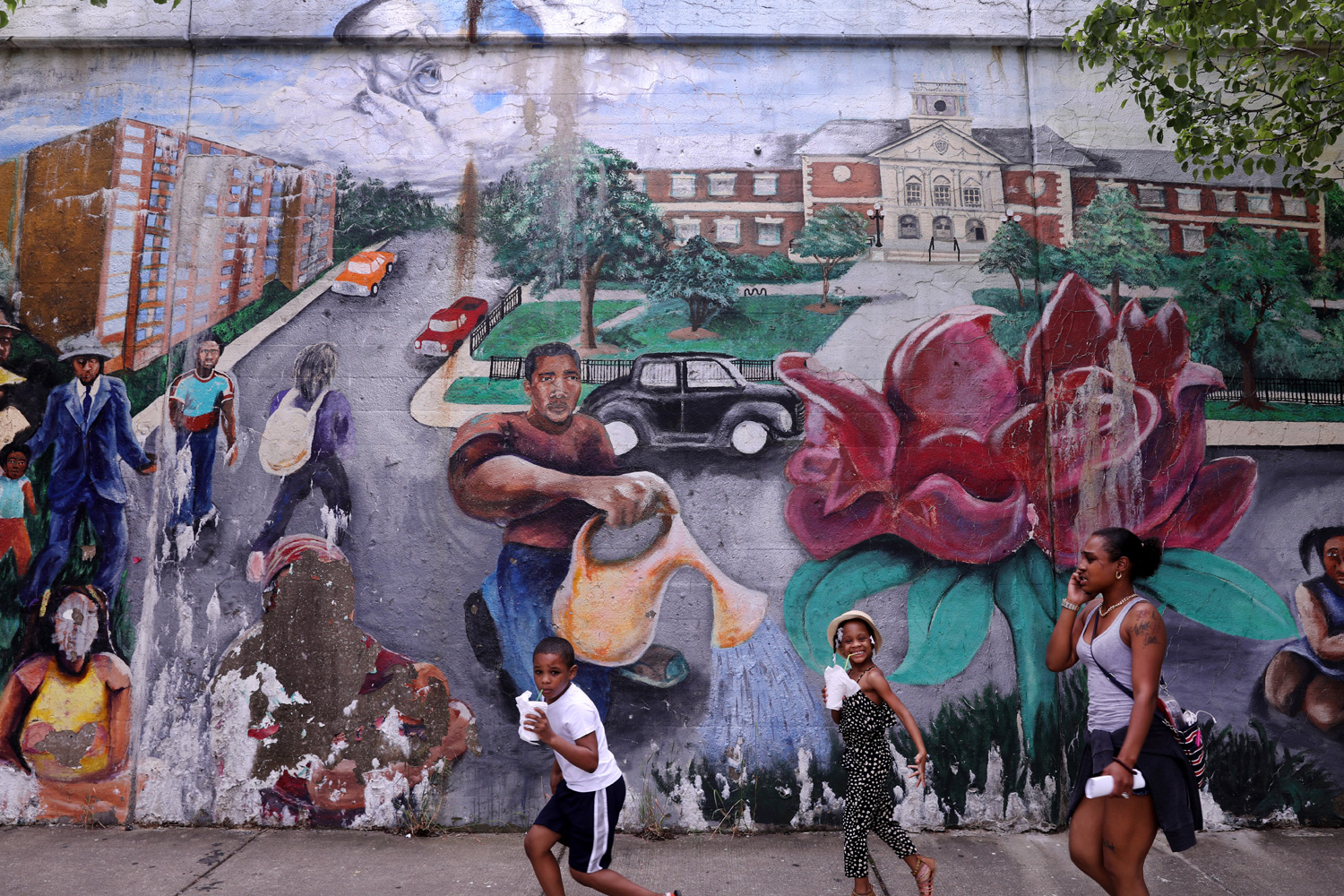We commit over $100 million each year to incarcerate adults from Austin, the far West Side neighborhood. What have we gotten from that investment? Very little good, according to researchers Ryan Lugalia-Hollon, formerly of UIC and the University of Chicago and now with the San Antonio-based educational organization P16Plus, and Adler University’s Daniel Cooper.
In their new book released this week, The War on Neighborhoods: Policing, Prison, and Punishment in a Divided City, Lugalia-Hollon and Cooper argue that our approach to public safety has contributed to cycles of violence and poverty in areas like Austin and done nothing to stem the sale of drugs on the West Side.
Lugalia-Hollon and Cooper will speak about their findings on Monday, April 23 at ThoughtWorks, Inc. and the Seminary Co-op bookstore.
Chicago magazine spoke to Lugalia-Hollon about the link between incarceration and violence.
We often think of Chicago as being segregated by race, but you write that we’re also segregated by punishment. What does concentrated punishment look like in Chicago?
Incarceration rates on Chicago’s West Side are ten times that of Russia, which is one of the top jailers on earth. We’ve talked to people from Austin where 60 to 70 percent of everyone they knew from the neighborhood had a felony conviction.
When we label thousands of residents in a neighborhood “criminals,” we no longer have to be concerned about the lack of living wage jobs in their community. We can close their schools, we can close their mental health clinics and we can not give it a second thought because that’s where criminals live. And that’s what concentrated punishment does.
What is driving those high incarceration rates?
There’s very clear research that crime is only one predictor of incarceration rates. The other predictor is disadvantage. So independent of actual criminal behavior, people in a high disadvantaged place are punished more because of over-policing, because they’re more likely to be arrested, prosecuted, and given a harsher sentence. All of those things follow patterns that are based on race, poverty, and geography.
We talked to a white heroin addict who had been arrested over 100 times and never gone to prison. Meanwhile, we talked to an Austin heroin addict who had been to prison four times, because the way that they interacted with the law and the court system was fundamentally different.
I think a lot of people would agree with you that it would be good to have more jobs and better schools. But given the scale of the gun violence problem in Chicago, shouldn’t our focus really be on stopping the violence, increasing our policing, and putting away the people who are taking lives in our city?
That has been the response for the last 35 years in Chicago and clearly it has not solved the problem. In the book we write about the death of Ben Wilson, a nationally high profile basketball player from the South Side who was killed in 1984. And since his death, since our approach to these problems hasn’t changed, there have been 21,000 more homicides.
We still believe that more punishment leads to more safety. That’s simply not true. And over time, the benefits of punishment actually weaken and even reverse. We don’t understand how the effect of taking a father or mother out of a home or taking a neighbor off of a block accumulates and over time that weakens the household and the block.
If we continue to be stuck in short-term thinking that only talks about arrests, incarceration, and suppression, then 20 years from now there’s going to have been another 20,000 homicides and Chicago will be facing the same issue.
What should we be doing differently?
The seeds of a solution are there. Chicago has an incredible community of restorative justice leaders and Chicago Public Schools has made great gains to keeping the most vulnerable young people in school, instead of pushing them out. That gives me hope. But the problem is that those projects get pennies on the dollar compared to what we’re investing into traditional law enforcement.
When you look at the billions of dollars we’ve poured into the West Side in locking people up, that money could have and should have been spent to build people up. We just remove problem people and expect things to get better. But we have to get really good at removing the problems people face.



